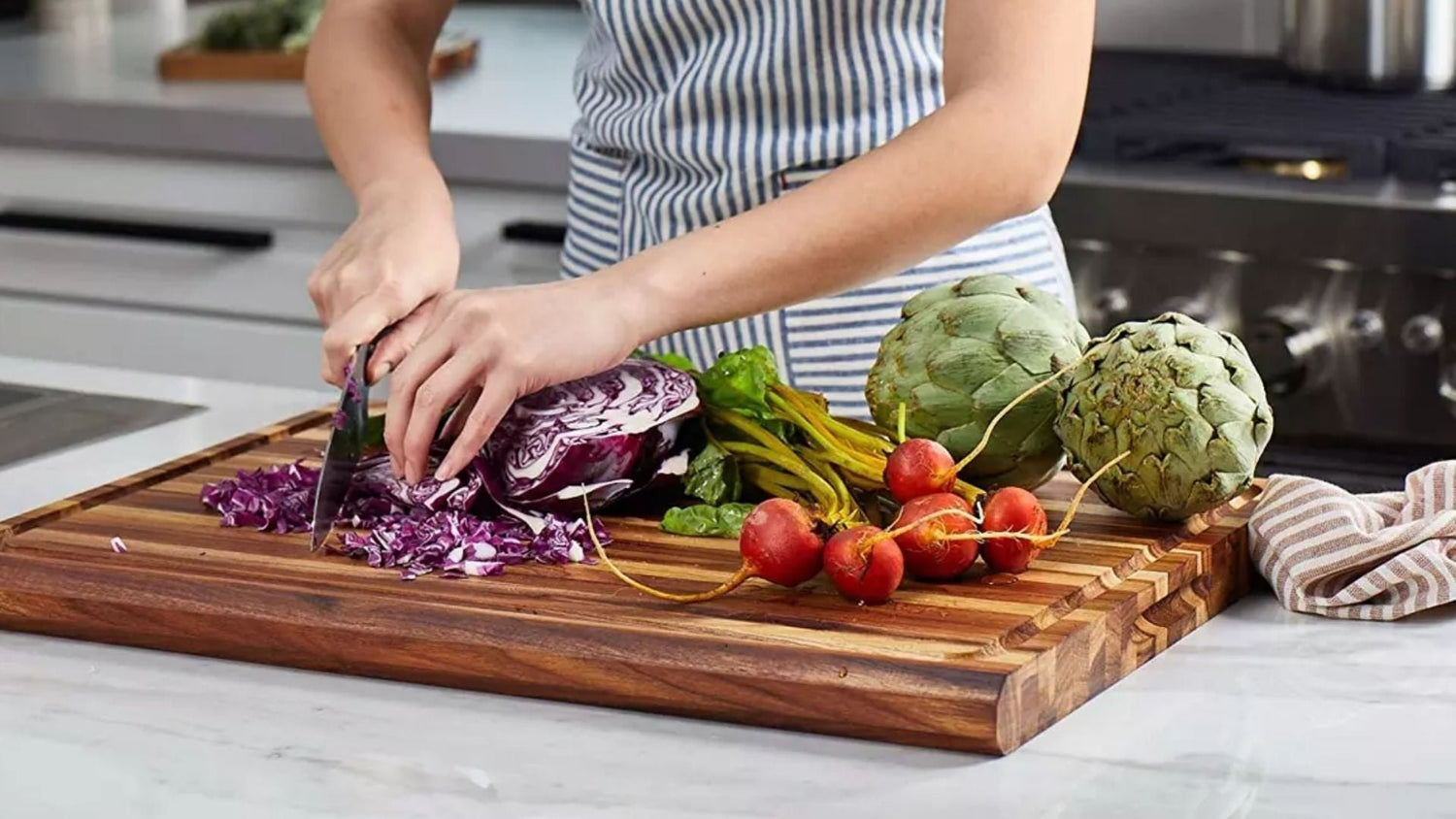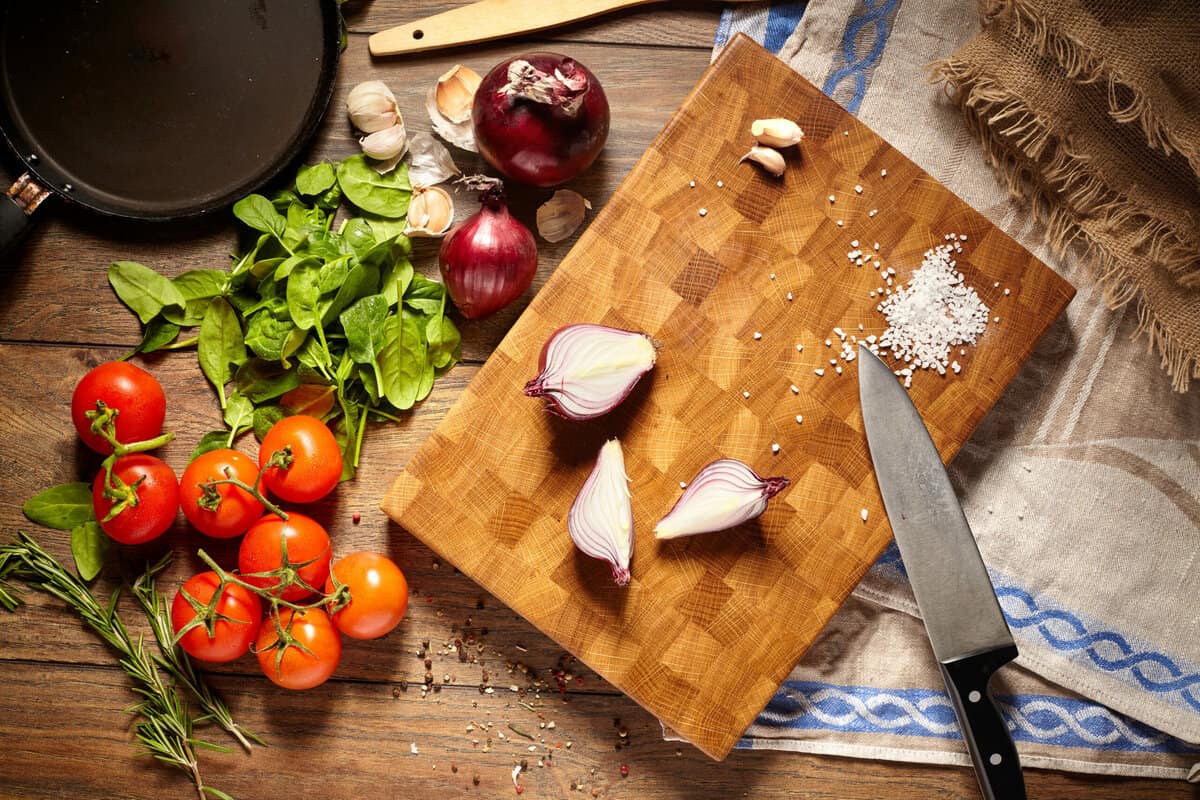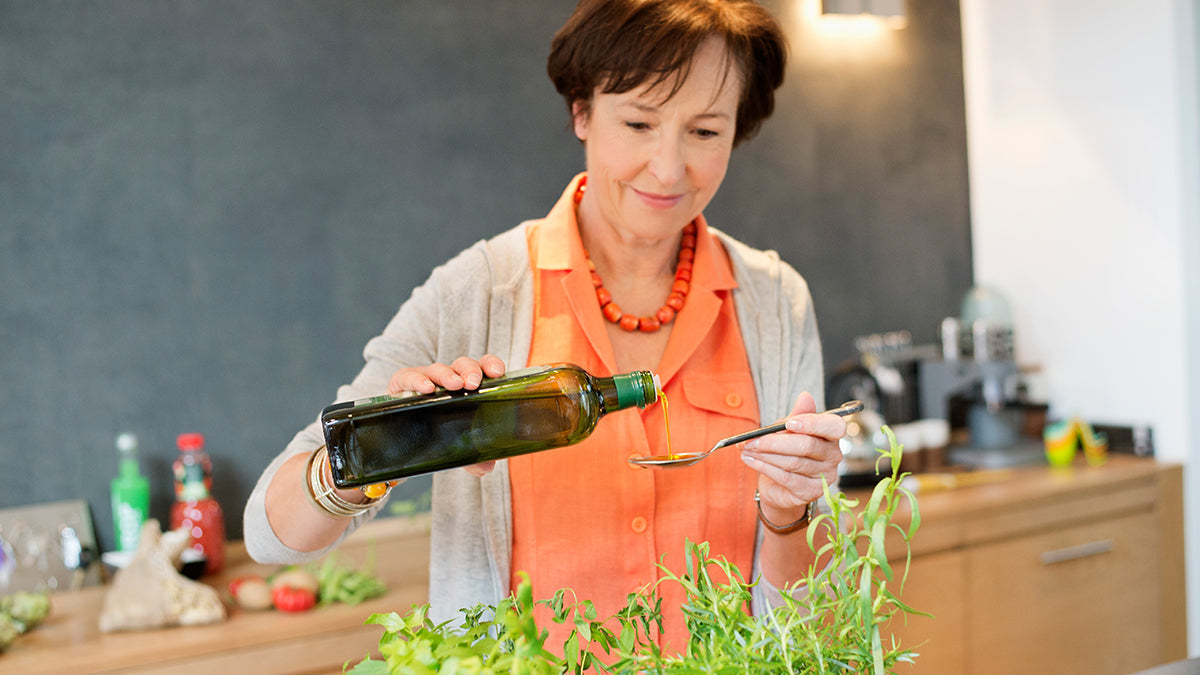For kitchen professionals, hygiene is not just a routineits a way of life. Whether youre chopping vegetables or slicing raw meat, the cutting board is an essential tool in every kitchen. Yet, this humble kitchen accessory can also become a breeding ground for bacteria if not properly maintained. So, what is the most important reason for you to wash and sanitize a cutting board? Simply put, its food safety. Preventing harmful bacteria from transferring onto food is crucial not only for maintaining a professional kitchen but also for safeguarding the health of everyone consuming the dishes you prepare.
Beyond food safety, other significant reasons include extending the life of your cutting board and ensuring compliance with health codes. This article dives deep into why sanitizing your cutting board, especially in professional kitchens, is non-negotiable and how to make it an efficient, foolproof habit.

The Importance of Food Safety
Foodborne illness is one of the most important reasons kitchen hygiene should never be overlooked. Cutting boards are hotspots for cross-contaminationespecially when used for raw meats, seafood, and even raw vegetables. Without proper cleaning, harmful bacteria like Salmonella, E. coli, and Listeria can thrive on your cutting board surfaces and transfer to other foods. This is why washing alone is insufficient. Sanitizing ensures that any pathogens lurking on the surface are effectively neutralized.
Cross-Contamination Could Cost Lives
Cross-contamination between raw and cooked foods is a significant health hazard in culinary environments. Consider a situation where you use the same cutting board for raw chicken and fresh salad greens without cleaning it in between. Harmful microbes from the chicken can transfer to the vegetables, making the dish unsafe to consume.
Professionals should commit to thorough cleaning and sanitizing practices to mitigate these risks. For more on safe kitchen practices, check out commercial stove cleaning tips to keep every part of your kitchen spotless.
Different Cutting Board Materials and Their Hygiene Concerns
Not all cutting boards are created equal, especially when it comes to cleaning and sanitizing. Heres a quick breakdown:
Wooden Cutting Boards
Wooden boards are often preferred for their knife-friendly surfaces and aesthetic appeal. However, they are porous, which means they can absorb juices from foods, leading to bacterial build-up. Learn more about maintaining a wooden board from this helpful guide.
Plastic Cutting Boards
Plastic boards are less porous than their wooden counterparts, but they are prone to scratches, which can harbor bacteria. Dishwasher cleaning is an advantage most plastic boards offer, but they still require regular sanitizing to stay safe. For tips on deep-cleaning specific kitchen tools, visit plastic board cleaning methods.
Glass and Composite Boards
Glass boards are the easiest to clean but are notorious for dulling knives. Composite boards, on the other hand, mix the durability of wood and plastic, but they too need regular sanitizing.
Best Practices: Washing and Sanitizing Your Cutting Board
For professionals, the two-step process of washing and sanitizing should become second nature. Heres how you can do it right:
Step 1: Washing
Always wash a cutting board immediately after use. Use hot, soapy water and a stiff-bristled brush to scrub the board thoroughly. Let it air dry completely before sanitizing.
Step 2: Sanitizing
There are different sanitizing solutions available, including diluted bleach or commercial disinfectants. Apply the solution, let it sit for a few minutes, and then rinse thoroughly with water. Ensure the board is completely dry before its next use.
For a deeper cleaning regimen, consider these tips on maintaining your cutting board from trusted professionals.
Compliance with Health and Safety Standards
In commercial kitchens, staying compliant with health codes isnt optionalits the law. Failure to do so can result in fines, customer complaints, or even the revocation of your business license. Proper cutting board hygiene is a small yet impactful measure towards avoiding these consequences.
Handling Special Food Items
If your kitchen works with allergenic ingredients like nuts or seafood, using a dedicated cutting board for these items is imperative. Label and sanitize these boards carefully to prevent accidental allergic reactions in customers.
Educating Your Team
As a kitchen professional, your practices set the tone for the rest of your team. Regular training on food safety and hygiene ensures that everyone is on the same page.
Also, check out this vegetable stock tutorial for other ways to upgrade your kitchen practices while keeping things clean.

FAQ
How often should you sanitize a cutting board?
Sanitize your cutting board after every use, especially when switching between raw and cooked foods.
Can vinegar be used as a natural sanitizer?
Yes, vinegar can act as a natural antibacterial solution, but its less effective against certain pathogens compared to commercial sanitizers or bleach.
When should you replace your cutting board?
Replace your cutting board when it develops deep grooves or cracks that cannot be cleaned effectively.
Maintaining a clean and sanitized cutting board isnt merely a taskit reflects your commitment to safety, hygiene, and professionalism in the kitchen. Remember, your efforts dont just protect your reputation; they protect lives.
This article contains affiliate links. We may earn a commission at no extra cost to you.






Leave a comment
This site is protected by hCaptcha and the hCaptcha Privacy Policy and Terms of Service apply.